- Interview
- 01/11/2021 @ 2:19 PM
I'm quite drawn to artwork that leaps across the chasms of time, ideas that reference a bygone era but are infused with sharp witted notes on the issues that provoke the modern day mind. I especially enjoy work that can do that while delivering a powerful message- so it's no wonder that I enjoy the work of Christopher Sperandio, who goes by @pinko_joe on Instagram. I really enjoyed our conversation, and the work that he shared with us here.
Can you introduce yourself to our readers?
My name is Christopher Sperandio and I'm an artist. I'm originally from a small, coal-mining town in Appalachia.
I'm now a professor of art at Rice University in Houston, but before that I lived in NYC for nearly 15 years. At Rice, I established the Comic Art Teaching and Study Workshop, a hybrid research and learning space for the study of sequential art.

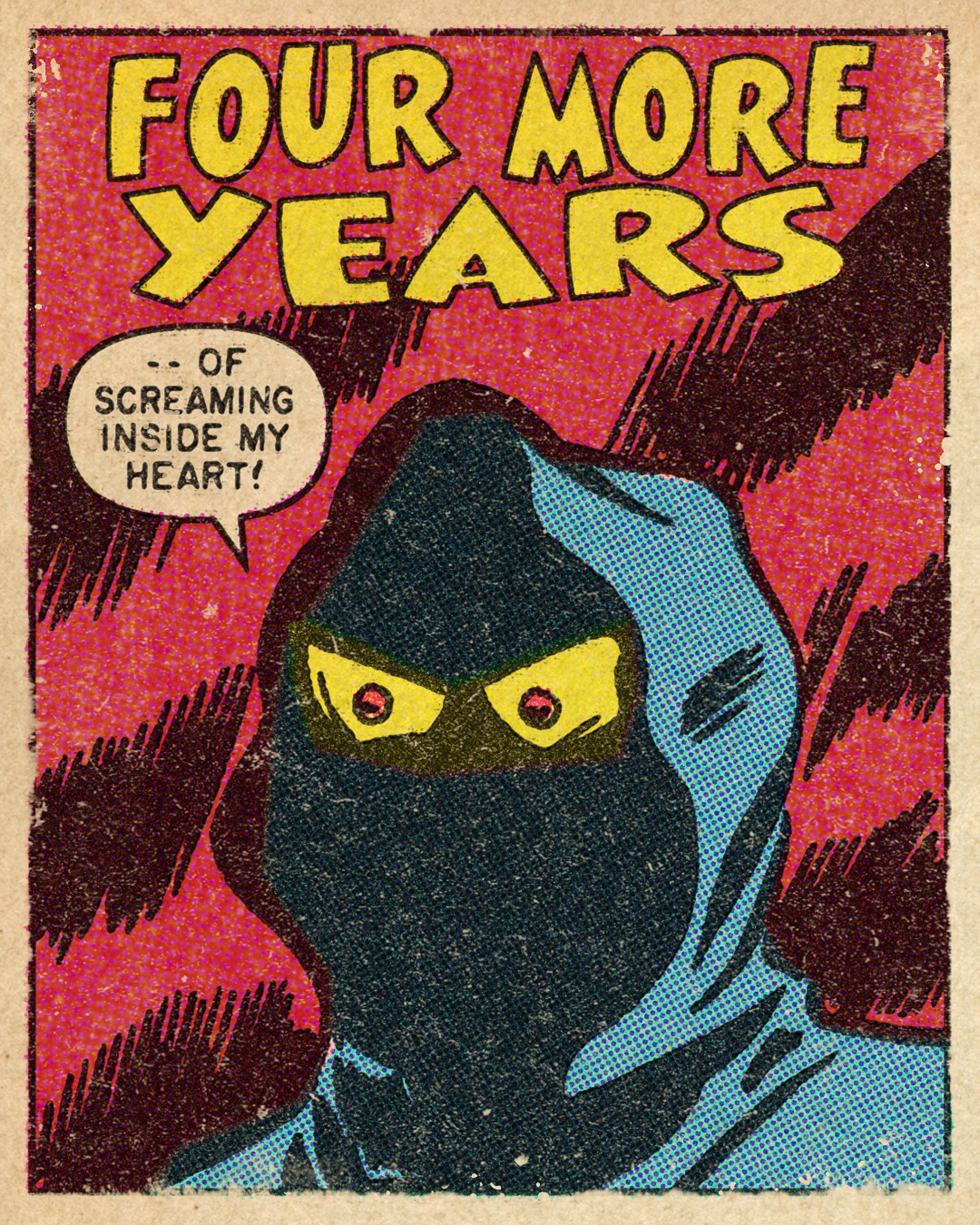
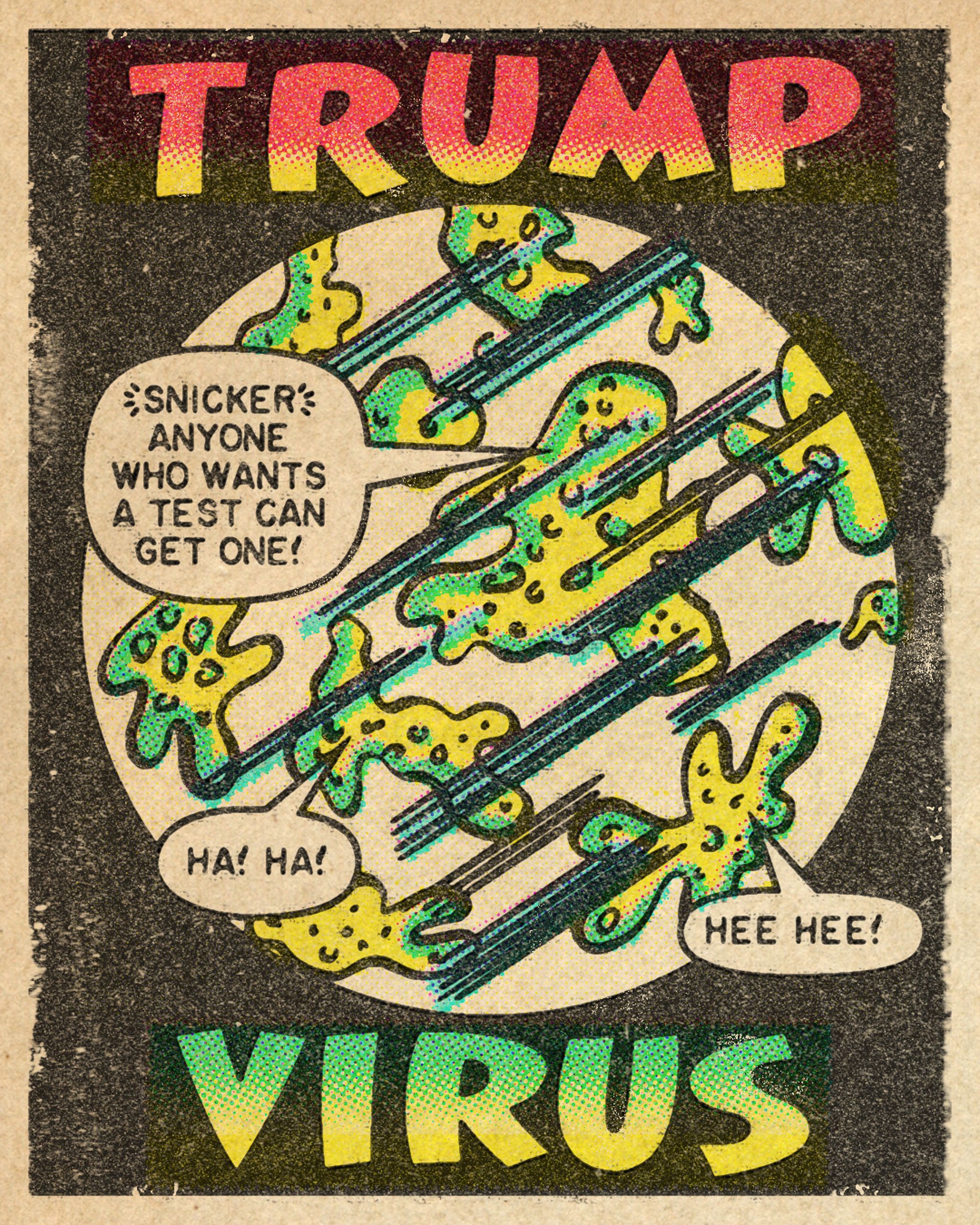
When I first came across your work, I was so drawn in that I scrolled endlessly through these vibrant compositions. Your style has such a sense of nostalgia but with a sharp, witty, updated edge, and the pieces are a thrill to encounter even when dealing with the heaviest of topics. What influences do you draw from when working in this style?
Aw thanks! My work is the collision of my interests in copyright and in vintage comics. My undergrad degree is in printmaking. I definitely bring that training in color and layering in making my work. That's maybe runs counter-intuitive, given that it's all digital, but I really bring those printmaking experiences when I'm working.
Like most artists, I move back and forth between the analogue and digital worlds. My graphic novels start as ink and brush on paper and then move into photoshop. As a photographer, you must have a similar experience.
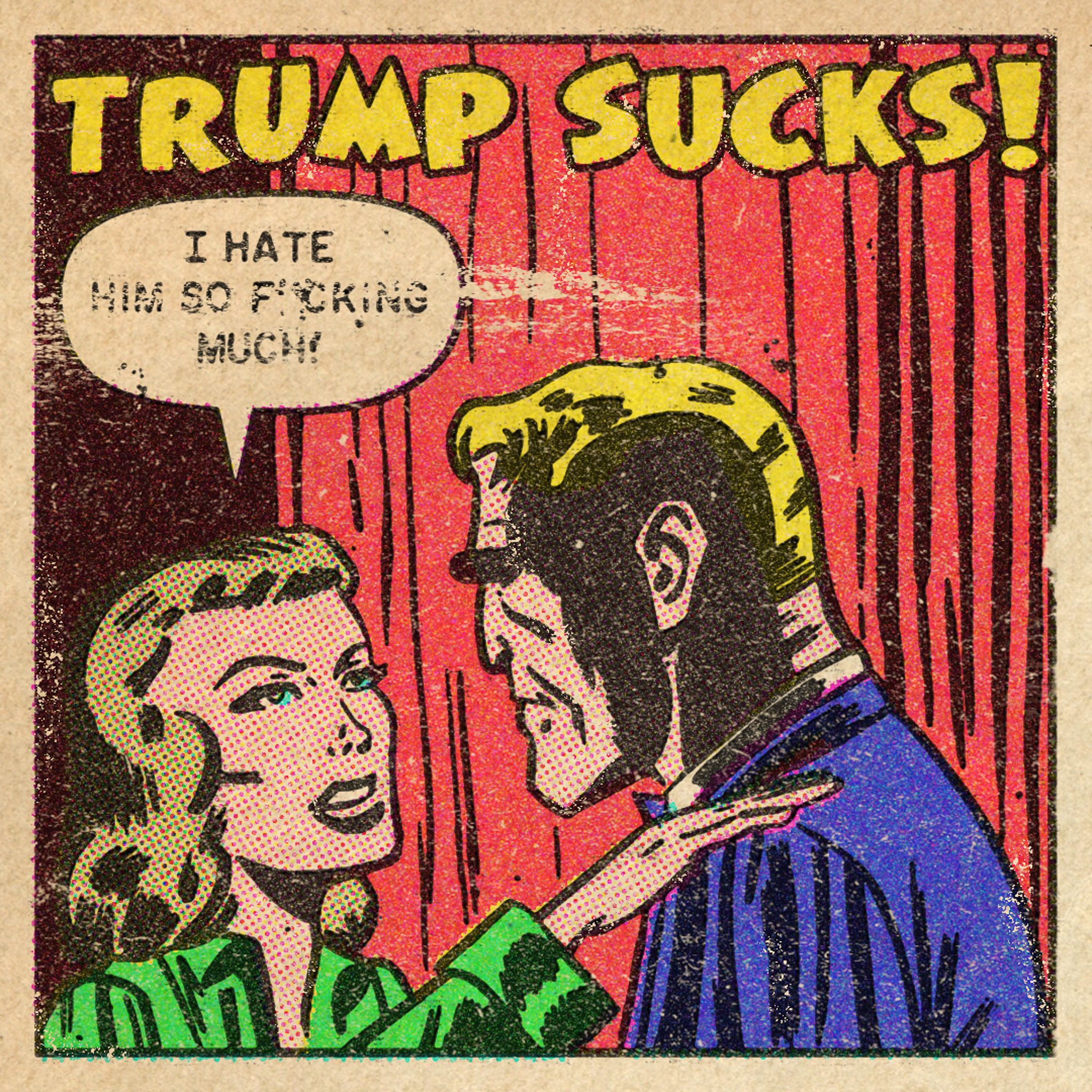
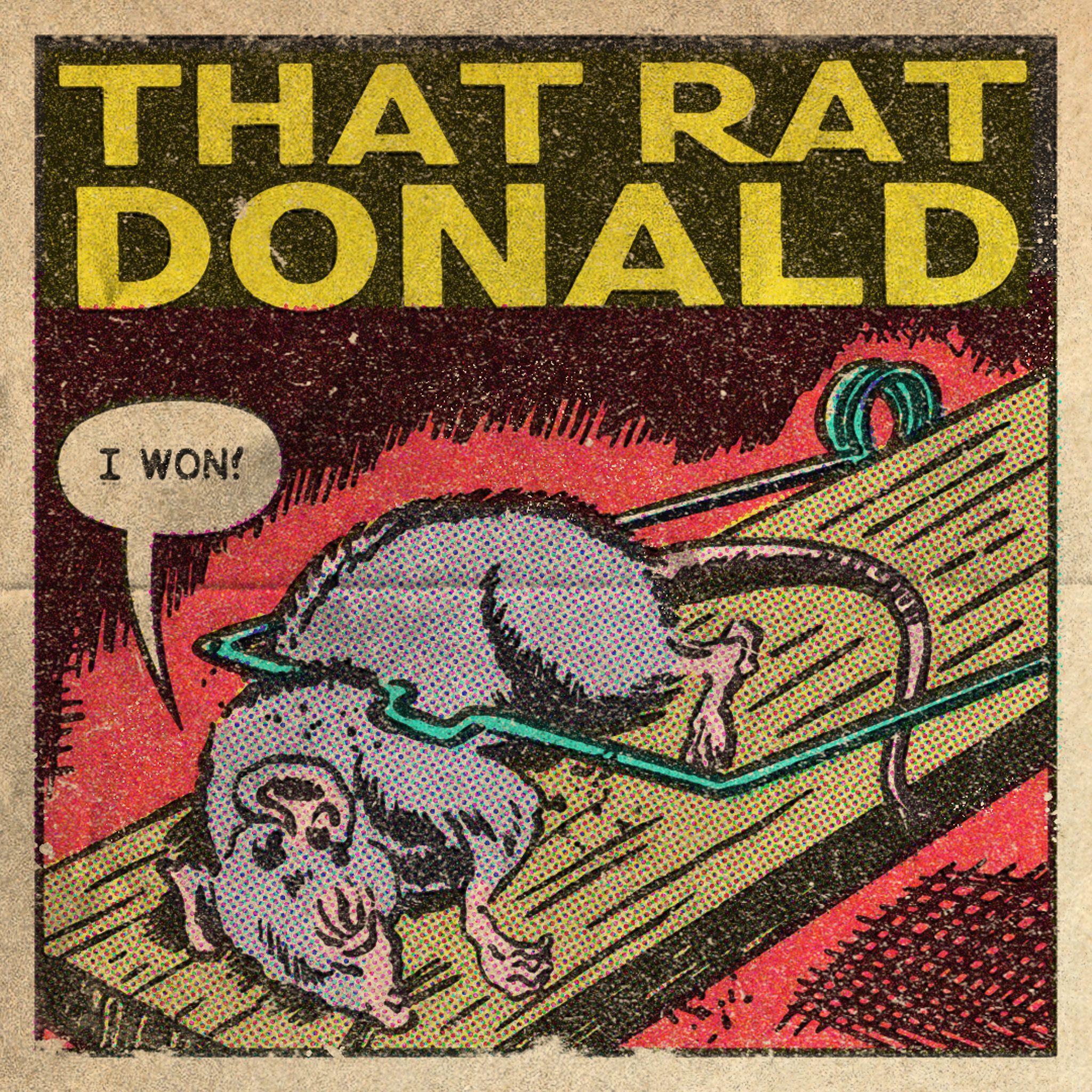
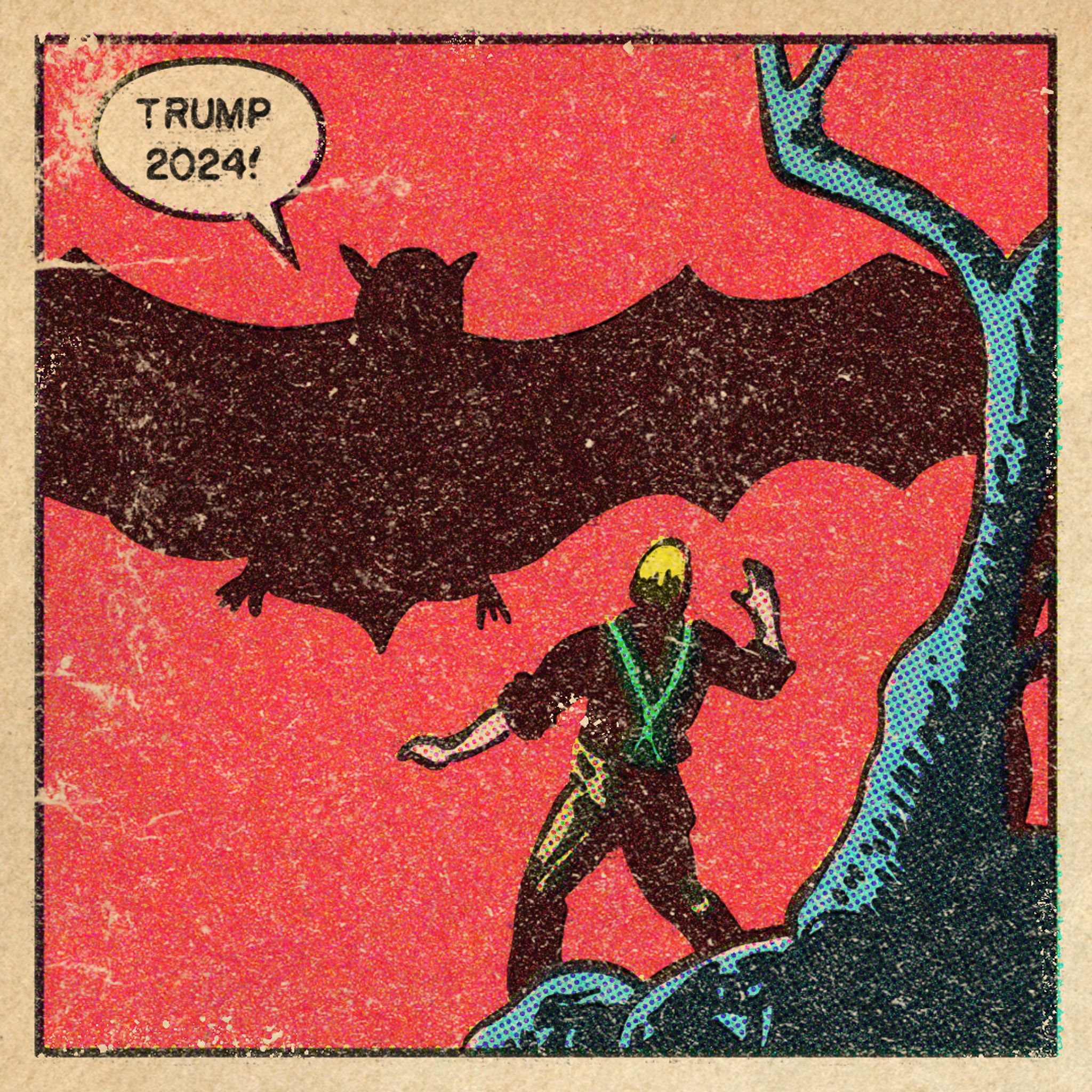
Absolutely, I’m constantly amazed at the overlaps that emerge from working in both mediums, as well as the differences in process and how they affect the final work.
Are there specific comic creators or printmakers from the past that you draw reference or influence from? I love that your work can sometimes feel like it was taken from some long forgotten time capsule while addressing issues that are as current as possible.
Comic books are funny. They were invented during the Great Depression and became a huge commercial enterprise. The medium really hit its stride in 1950 or 1951, and by 1960, they changed again. So I really look at comics made between 1950 and 1956 -- there's just something about the comics from that time.
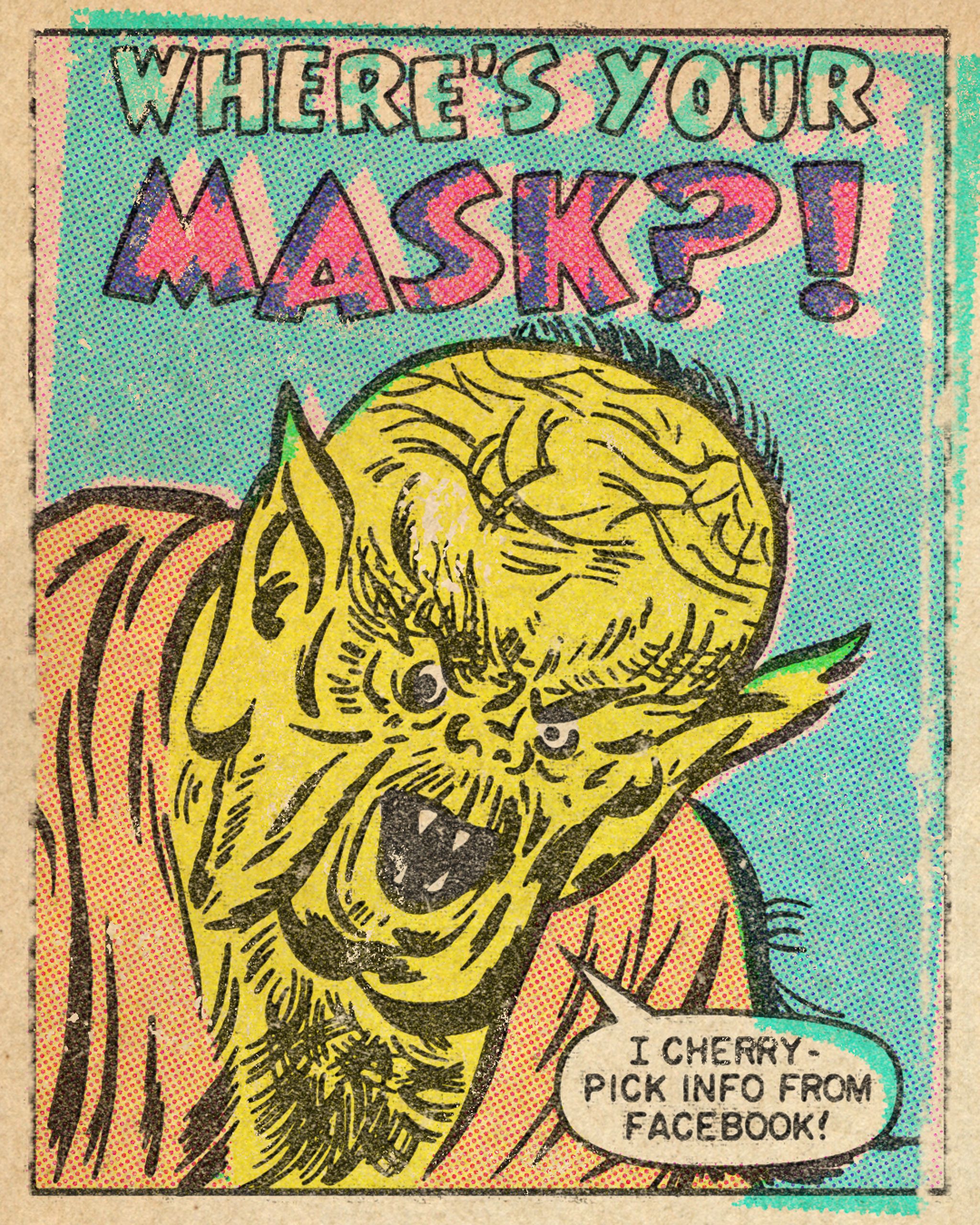
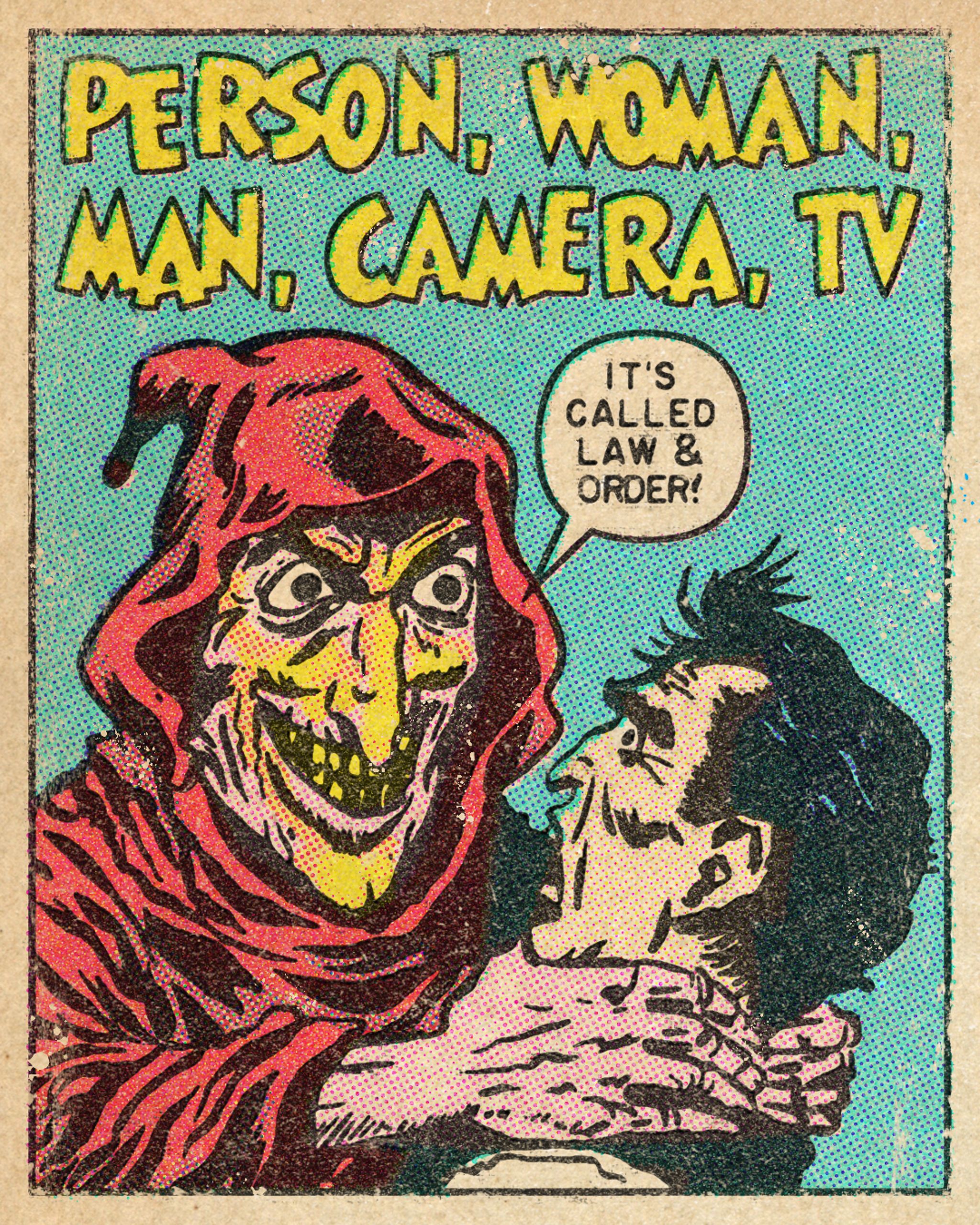

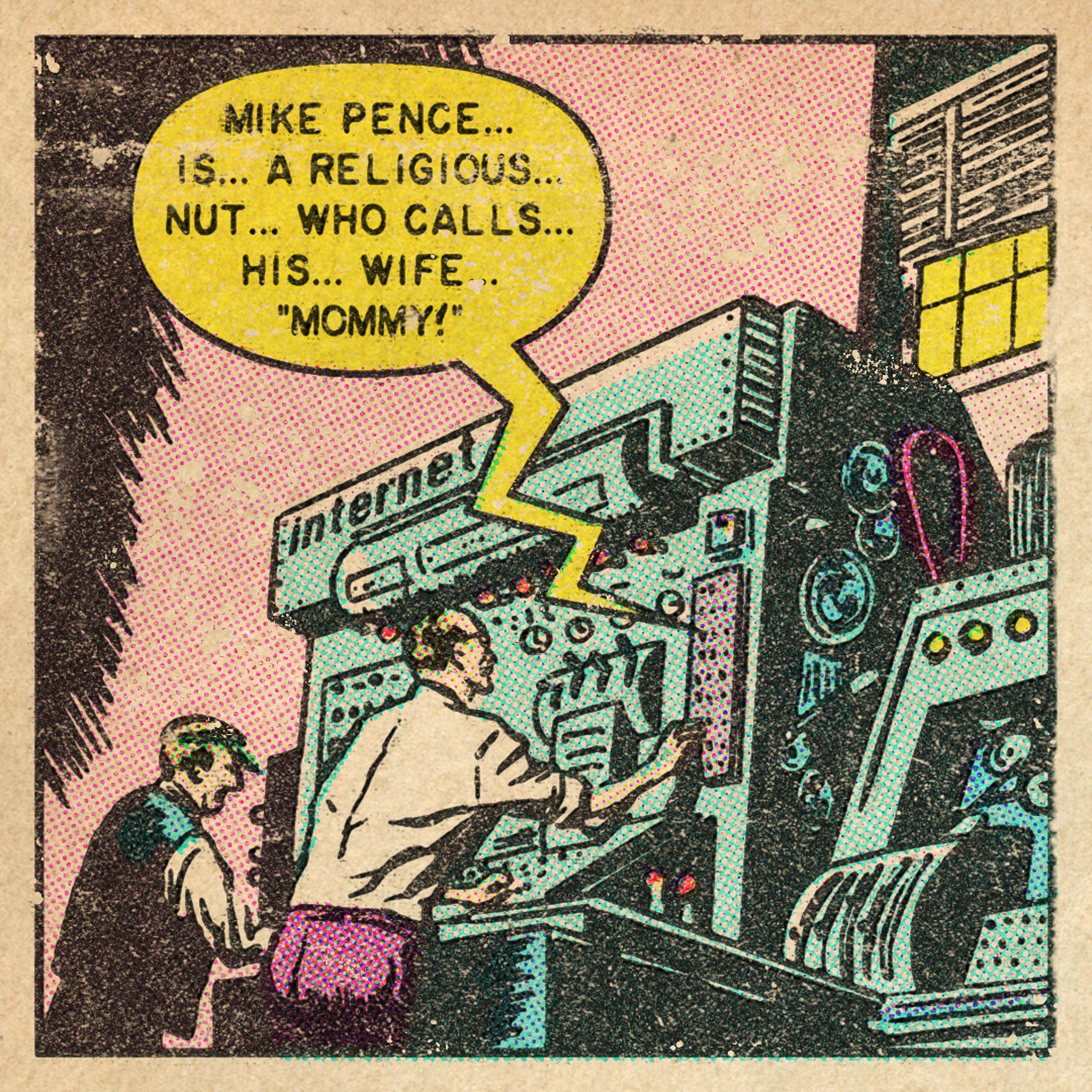
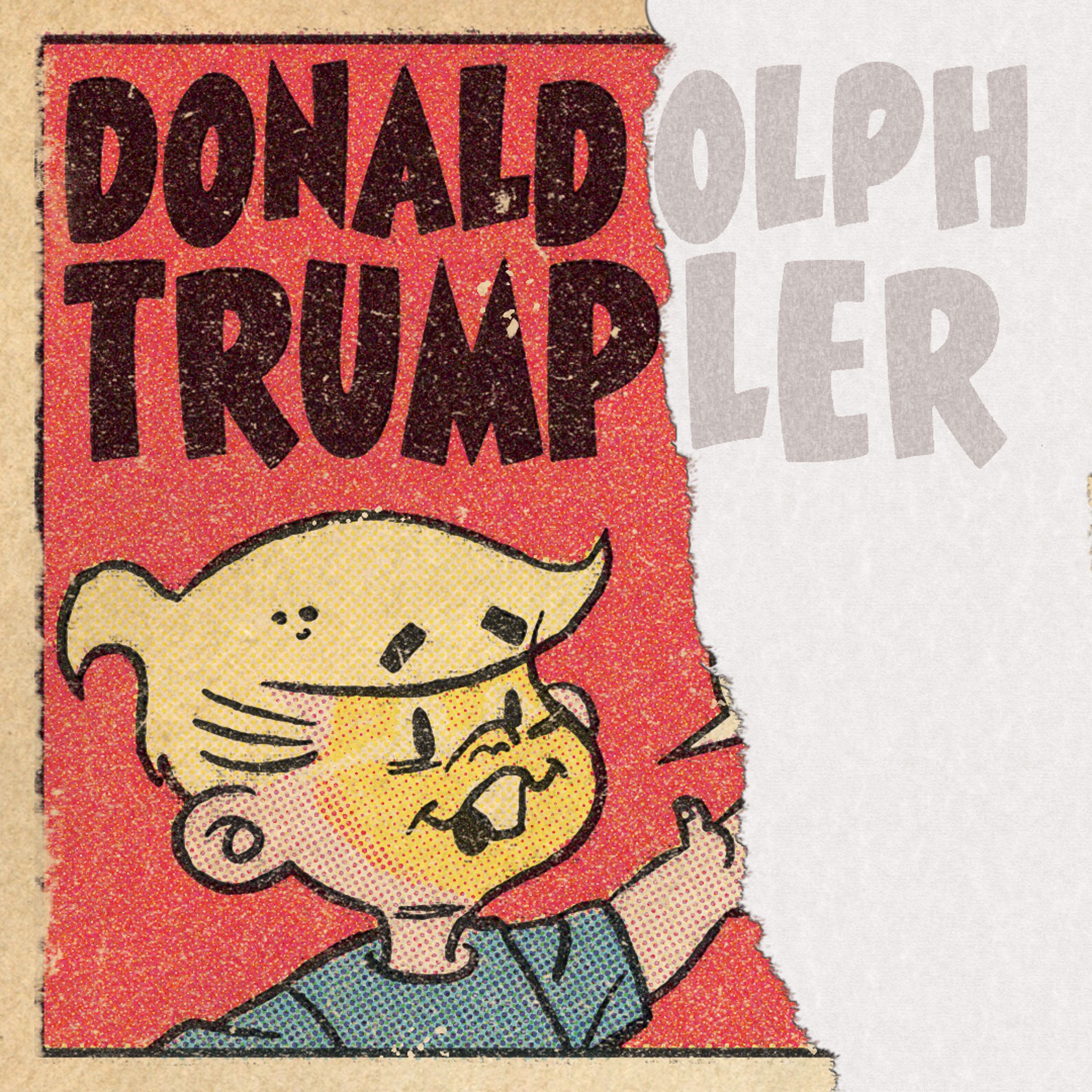

Yeah, and it’s so cool to encounter profound ideas, satire, and powerful antifacist messages in a visually appealing way, especially in this comic style. It really elevates the messages you put out.
I’d consider you to be quite prolific, during this past year I’ve eagerly awaited each new post, to see your take on the events of the news cycle. There’s something powerful about seeing headlines reframed through your craft. Can you share a bit about your creative process, from the seed of an idea to hitting publish on the post?
Well, like everyone else, from near as I can tell, I'm stressed and angry. The comics I make are literally how I deal with those negative feelings. Better out than in. I don't want to destroy the "magic," but I don't put a lot of thought or planning into things -- or, to say it another way, I've sublimated a lot of my process. I'm doing the dishes or making coffee and an idea pops into my head and I write it down. This happens throughout the day. At some point I start the drawing.
I have works in various states --and as they are finished, I push them to Instagram. But the single panel comics are a side-gig. In the past six weeks, I've produced two books and I'm working on a third. I guess the 'secret,' if there is one, is I don't have a life! LOL
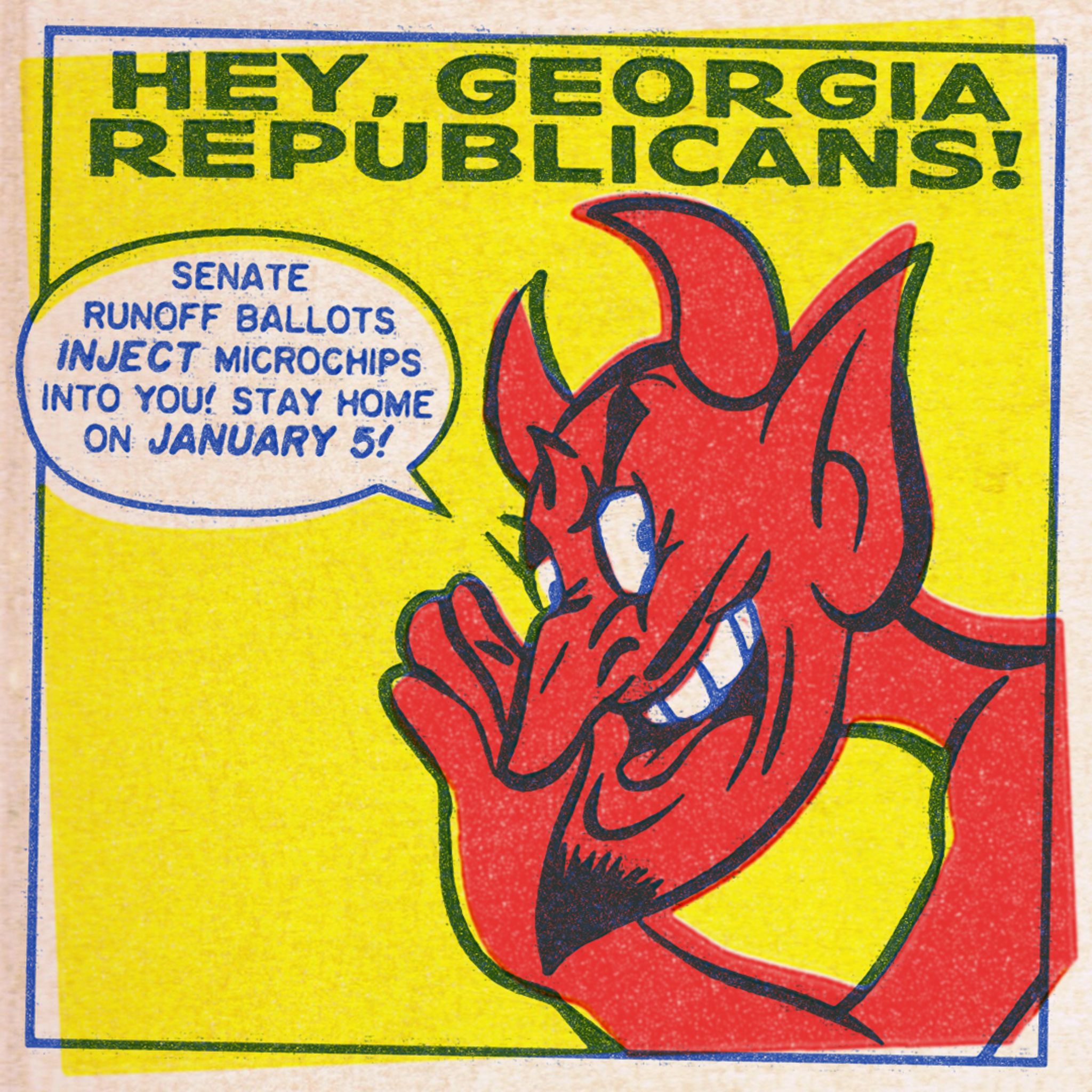

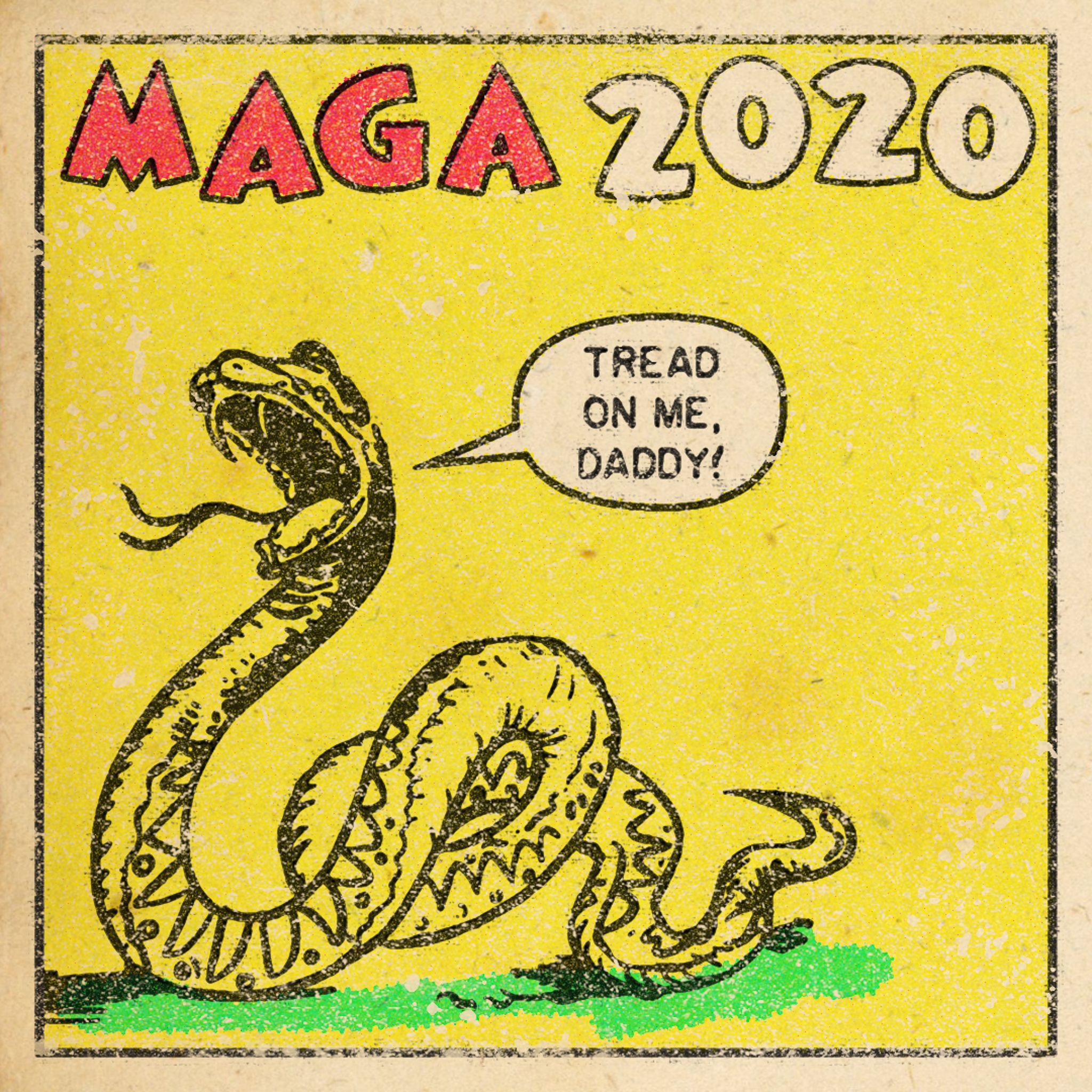
I love that proccess though. I think people often imagine artists bound to a studio space, constantly refining each detail, when the truth is that creativity is a way of living, and the process is woven into the fabric of our lives. My favorite photos are usually from times where I'm moving in between other things, so that really resonates with me as well. It definitely doesn't destroy the magic for me.
Let's talk about books though! Even though I found you through your one panels on Instagram, I did dig deeper, my first pickup was the Pinko Joe book, which I loved. It was certainly an achievement in world building, among other things. I love the "ads" and all the clever incorporation of elements that are peripheral to the main story. What was the genesis of that book, and can you share more about what you've done with these most recent two?
Thanks. Pinko Joe was a real turning point for me. I had just received tenure at Rice, which allows tremendous freedom. I no longer have to perform to someone else's metric. I could do what I want. I made that first book by doing and saying exactly what I wanted without a single thought about any audience. I started from nothing with that book and figured it out as I went along. By the time I was done, I realized that I had only just figured out what I was doing. I decided that I would make it a trilogy and just keep going. The sequel to Pinko Joe is called "Greenie Josephinie" and introduces a female protagonist. GJ is green and she's mean... to oligarchs.
The other book is called "Comics Making" and is a collection of writings that I've done about drawing and the academic work that I've done with comics, primarily with Mexican comic art from the 1960s and 70s. Both of these books will appear sometime in June or July -- I'm trying to time the release of these books with when I'll get the Coronavirus vaccine.
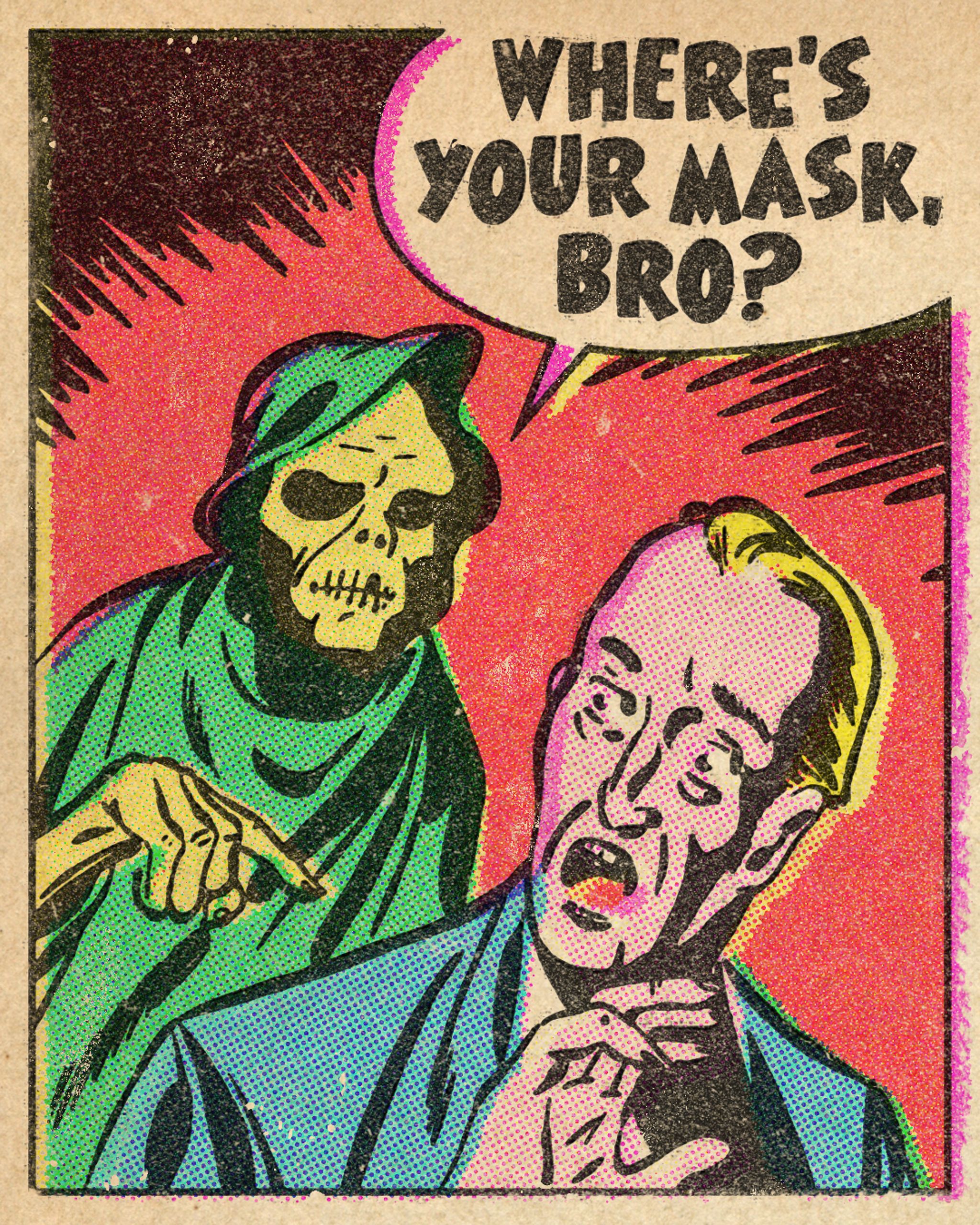
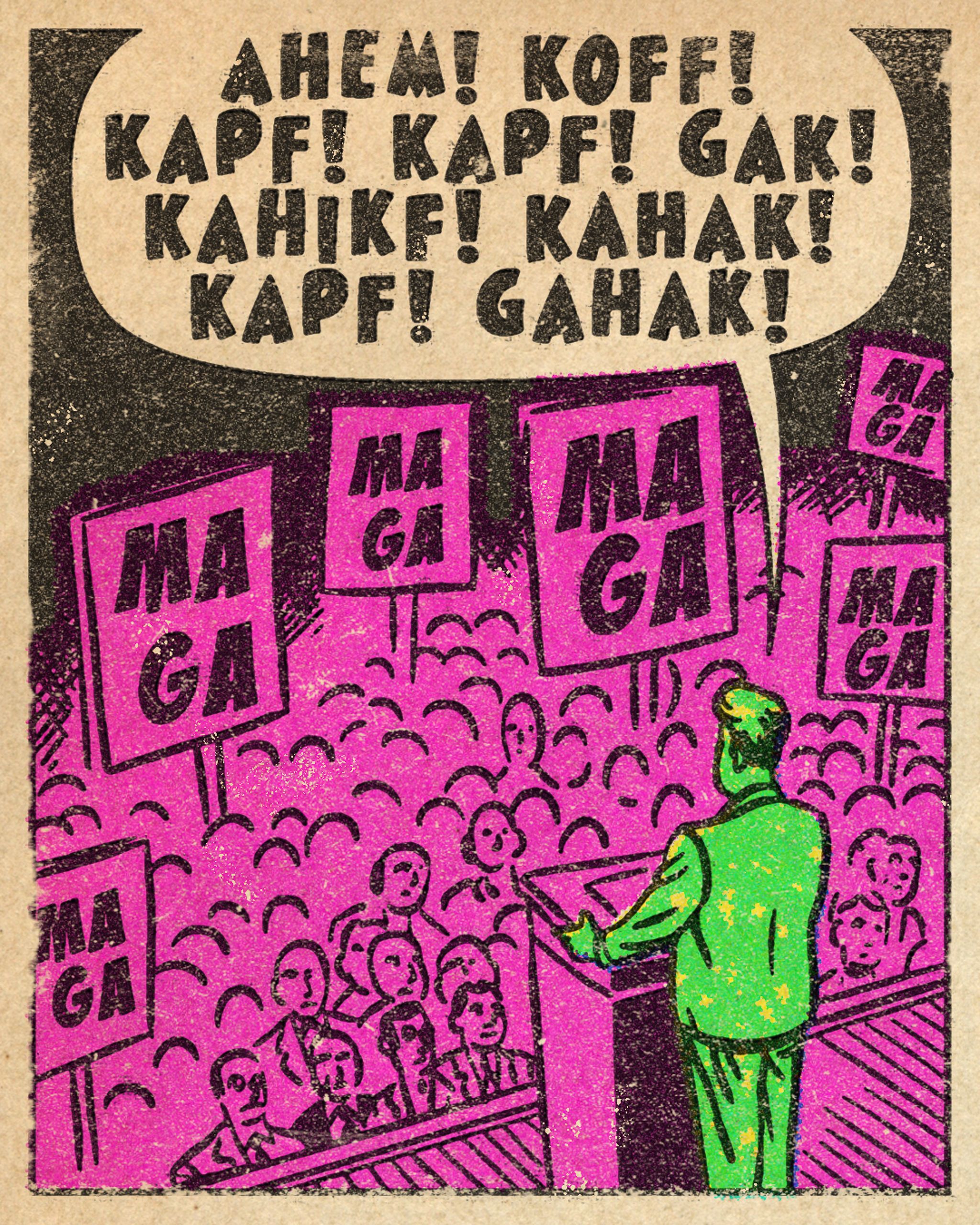
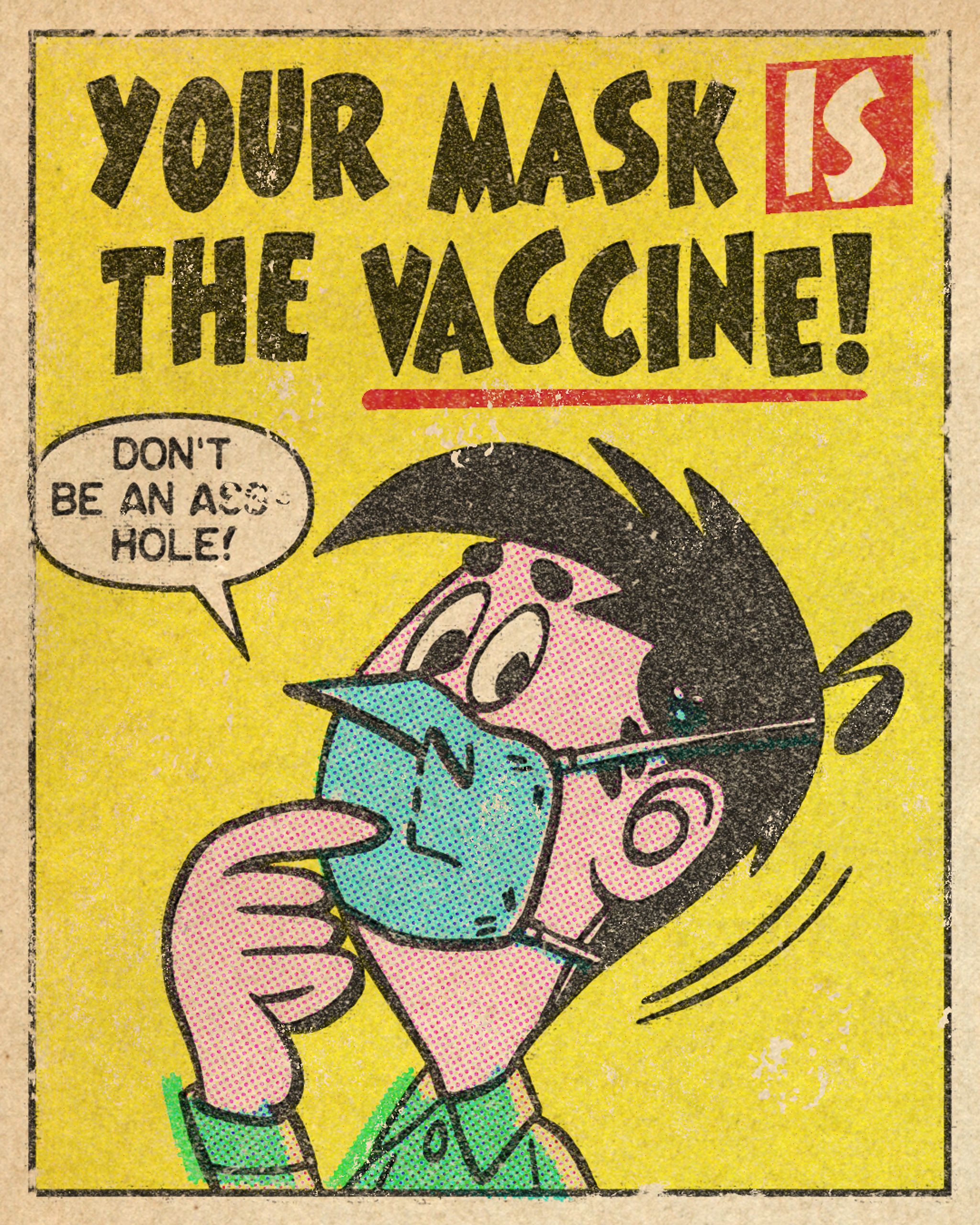
Wow. I’m definitely picking those both up to complete the trilogy.
Lastly I’d love to touch on the educational component of your life. Education is so important to me, both as a student and a teacher. It’s often said the best way to learn is to teach. What does teaching mean to you, and why is it something you dedicate your time to?
Very cool. I wouldn't be anything without the art teachers I had in undergrad. They were kind and knowledgeable. They saw some potential in me and nurtured it. I wanted to be like them. After I hit success as an artist in the 90s, I began to think about my responsibility to younger artists. I feel like it's crucial for artists who have struck it lucky, to help others. So, teaching is a part of my practice -- not a separate thing that I do. Making, teaching, learning -- it's all of a piece.
I don't know that I'm the best teacher, but I keep trying. Like a doctor, the first rule is "do no harm." It's very easy to disrupt young artists so I try not to do that. I'm still learning how to teach, as I'm still learning how to make art.
That’s a wonderful approach. And I love the idea of all the components of a thoughtful life being woven into the same tapestry. It’s how I try to live as well. Thanks so much for taking the time to chat with us today. I’m really looking forward to the new publications, and all the work I’m lucky enough to see via your posts online. Looking forward to a day in the future when we can connect in person as well!
Keep up with Christopher Sperandio via @pinko_joe on Instagram, and I would highly recommend the graphic novel Pinko Joe.
